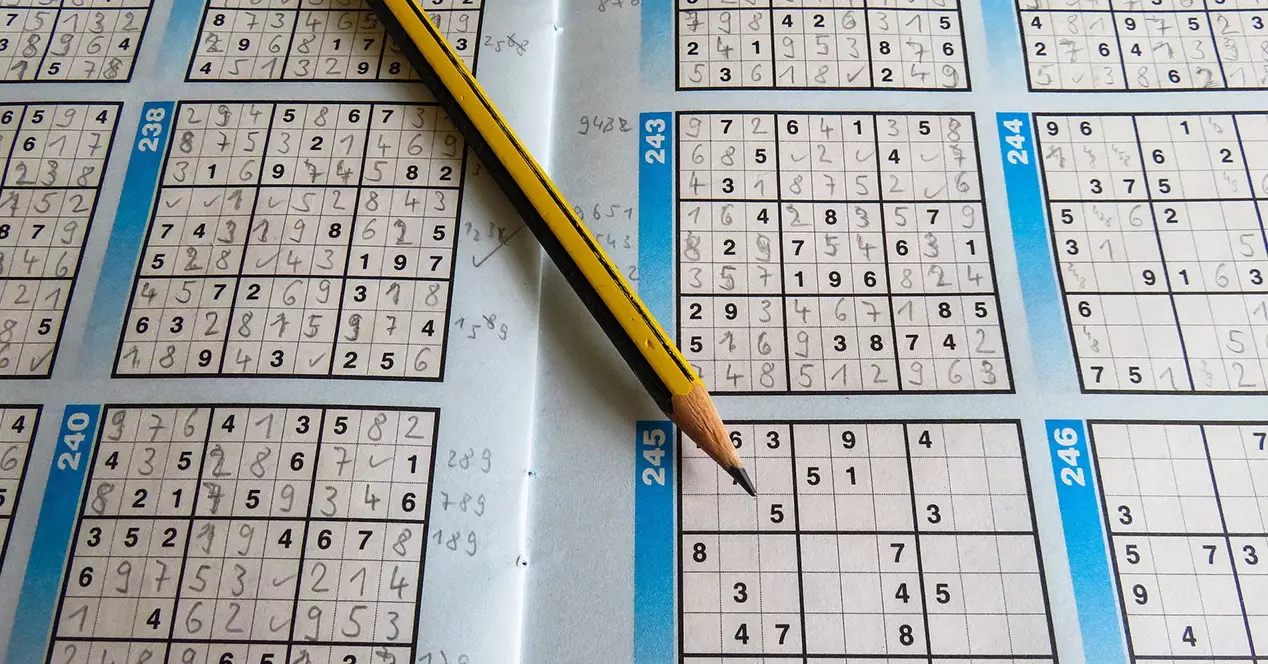
Sudoku is a stimulating, captivating logic-based number game. Your mission is to fill the 9×9 grid with digits from 1 to 9 to complete each column, row, and 3×3 subgrid. Developing your skills in this puzzle can be mentally demanding, but utilizing the correct tactics will transform into a fulfilling journey of enjoyment!
Understanding the Basics of Sudoku
Before you start solving a Sudoku Spelletjes puzzle, it’s essential to understand the basic principles of the game. First, all of the squares in each row and column and in each of the 3×3 subgrids must contain all of the digits 1 through 9. This means that there can be no duplicates of the same number in any row, column, or subgrid.
Second, each column, row, and subgrid comes with its own set of rules. A column has the same numbers running through it, while a row is the same across the board. A subgrid contains 3×3 squares that all have the same numbers running through them. This means that when you are looking for solutions, you should pay attention to these grids and make sure that the digits you are entering into one don’t break these rules.
Third, you should always watch for patterns in the Sudoku puzzle. Patterns can indicate which numbers should go where and can help you make deductions about which possibilities are valid.
Finally, you should always use logic. Logic is the basis of any good Sudoku puzzle and can help you solve even the toughest puzzles.
Using Strategies and Techniques to Make the Process Easier
Once you’ve understood the basics, it’s time to start using some strategies and techniques to help you make the process of solving the puzzle easier.
Identify the Easy Squares First
One of the best strategies for beginner solvers is to identify the easy squares first. These are the squares that have fewer possibilities and are easier to narrow down. By entering these numbers into the grid early, you’ll be able to make more progress in the puzzle as you won’t have as many possibilities to worry about.
Start With the Rows and Columns
Once you’ve identified the easy squares, it’s time to start looking at the rows and columns. Start by looking at each row and column and try to identify which numbers have already been used. This will help you narrow down the possibilities, and you may find that some of the squares have been solved without you even realizing it.
Look for Clues in the Subgrids
The 3×3 subgrids often contain more clues than the rows and columns as they have fewer squares. Look for patterns and pairs or numbers that have already been entered to narrow down the possibilities.
Eliminate Incorrect Possibilities
At some point, you’re going to hit a roadblock, and the puzzle may seem impossible to solve. This is when it’s crucial to eliminate the incorrect possibilities and narrow down the search further. Then, using logic and the rules of the puzzle, you can focus on the correct possibilities, and eventually, you’ll be able to solve the puzzle.
Try the X-Wing Method
As you become more comfortable with the rules of the game and the strategies for solving it, you’ll start to develop your own methods for solving difficult puzzles. One strategy you can try is the X-Wing method. This involves looking for patterns on the diagonals of the puzzle and using these patterns to narrow down the possibilities.
Keep Trying
To successfully conquer Sudoku, the most consequential thing you can do is never surrender and remain determined. It may take a bit of time to get comfortable with this perplexing puzzle, but with enough patience and practice, your perseverance will pay off in due course!
Conclusion
Sudoku is a challenging and addicting logic-based number-placement puzzle, but it can be an enjoyable and rewarding experience with the right strategies. Understanding the basics of the puzzle, using techniques to make the process easier, and never giving up are all critical steps toward mastering this puzzle. With enough practice, you’ll eventually become an expert Sudoku solver.

